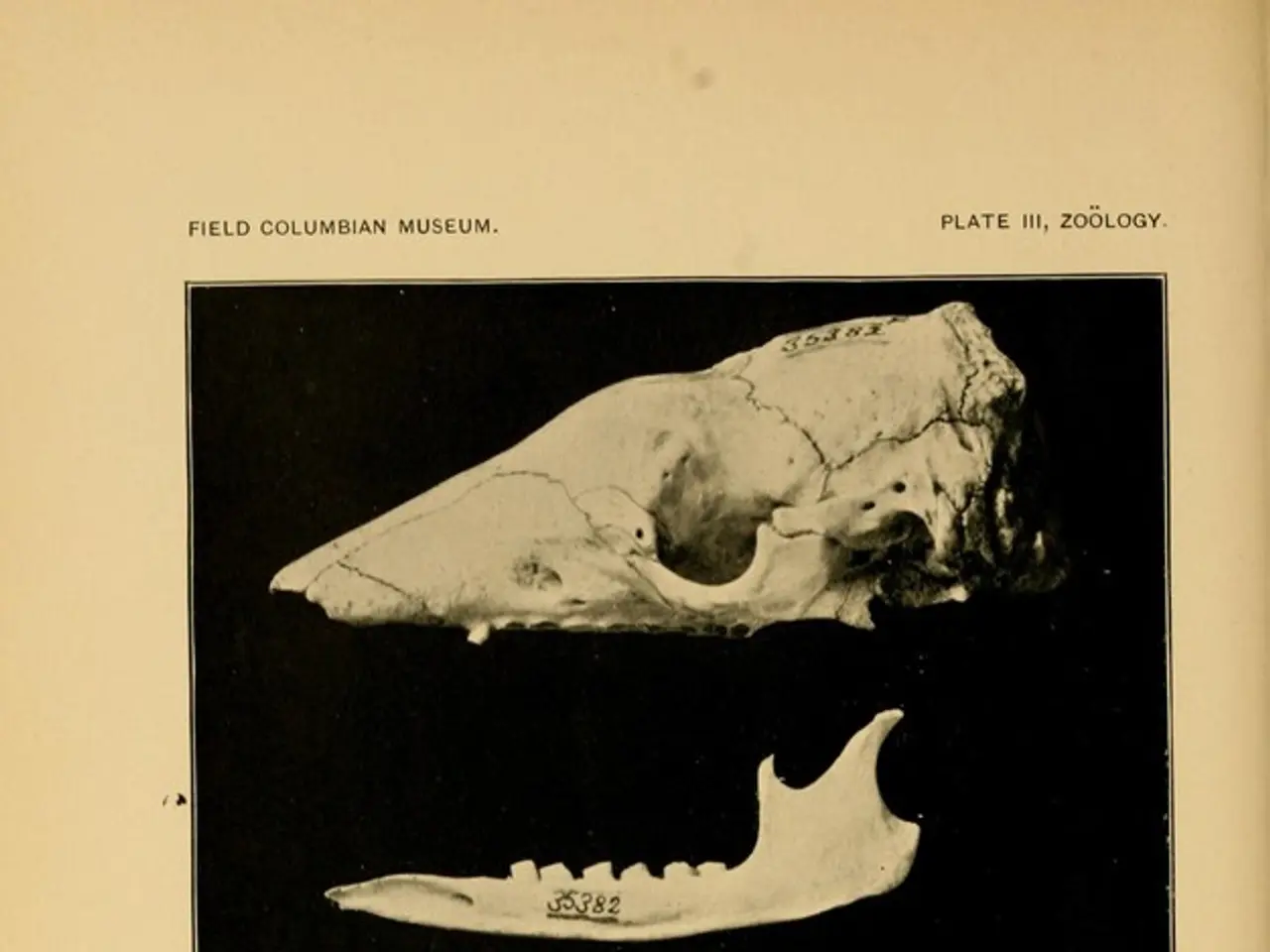FRAX score explanation: Understanding its purpose and implications
For those identified as high-risk individuals for osteoporosis, a comprehensive and multifaceted approach is recommended to reduce fracture risk and maintain bone health. This approach includes lifestyle modifications, fall prevention strategies, pharmacological treatments, and regular monitoring.
**Lifestyle Modifications**
Regular exercise is crucial in this approach. Therapeutic exercise programs should focus on fall prevention, safe movement, and building bone mass. The evidence supports that regular, targeted physical activity can slow bone loss, improve muscle strength and balance, and reduce falls by up to 39% in older adults [4]. Weight-bearing and resistance exercises are particularly beneficial for bone health.
Adequate nutrition is also essential. A balanced diet that includes the necessary intake of calcium and vitamin D supports overall musculoskeletal health and complements pharmacological treatments [2].
Other lifestyle changes, such as smoking cessation and limiting alcohol intake, are recommended to reduce further bone loss and fracture risk.
**Fall Prevention**
Preventing falls is integral to reducing fracture risk. Environmental modifications, such as removing tripping hazards at home, improving lighting, and using assistive devices, can significantly reduce fall risk. Balance and strength training exercises are also integral to fall prevention strategies. Regular assessments of vision and hearing ensure that sensory impairments do not contribute to fall risk.
**Pharmacological Treatments**
First-line agents for osteoporosis treatment are bisphosphonates, such as alendronate, risedronate, and zoledronic acid, which reduce bone resorption and have been shown to lower fracture rates significantly [2]. Denosumab, a monoclonal antibody that inhibits bone resorption, is suitable for those who cannot tolerate or have contraindications to bisphosphonates [2].
Teriparatide and abaloparatide, anabolic agents, may be considered for very high-risk individuals or those who fail first-line therapy. Selective estrogen receptor modulators (SERMs) or hormone therapy may be appropriate in select populations. Vitamin D and calcium supplementation are often prescribed alongside pharmacological therapy to ensure optimal bone health [2].
**Monitoring and Follow-Up**
Regular bone density testing (DXA) is recommended to monitor treatment response and guide therapy adjustments [1]. Periodic evaluation with tools like FRAX ensures that treatment intensity matches current risk [1]. Involvement of primary care physicians, endocrinologists, physiotherapists, and occupational therapists optimises outcomes.
If a person has a high FRAX score, they may need treatment for osteoporosis, which can include lifestyle changes, environmental modifications, and, when indicated, pharmacological therapy. The tool predicts the risk of fractures in a person with osteoporosis within the next 10 years. A person should see a doctor and get a bone mineral density (BMD) test if they are female over 65 years, male over 70 years, break a bone after 50 years, are female going through menopause, have signs of bone loss in X-rays, lose 0.5 inches off their height in 1 year, lose 1.5 inches off their original height, or experience back pain.
Vitamin D, necessary for bone health, requires about 600-800 international units for most people. Bisphosphonates help prevent bone loss and fractures, estrogen agonists or antagonists decrease bone resorption, and parathyroid hormone analogs stimulate new bone formation on the surface of the bone. FRAX has become widespread as a clinical tool. Preventing falls may involve removing obstacles around the home, keeping the home tidy, wearing supportive shoes, avoiding heavy lifting, using a rubber mat in the bathroom, avoiding rugs on hard flooring, having handlebars in the bathroom, avoiding slippery surfaces, walking in shoes or barefoot, and using a cane while walking.
References: [1] https://www.ncbi.nlm.nih.gov/pmc/articles/PMC3899691/ [2] https://www.ncbi.nlm.nih.gov/pmc/articles/PMC6047991/ [3] https://www.ncbi.nlm.nih.gov/pmc/articles/PMC2703884/ [4] https://www.ncbi.nlm.nih.gov/pmc/articles/PMC6460352/
- Maintaining a regular exercise routine can significantly improve bone health and reduce fall risk for high-risk individuals with osteoporosis.
- The evidence supports that falls can be reduced by up to 39% in older adults through targeted physical activity.
- Weight-bearing and resistance exercises are particularly beneficial for bone health.
- Adequate nutrition, focusing on calcium and vitamin D intake, is essential for overall musculoskeletal health.
- Smoking cessation and limiting alcohol intake are recommended to reduce further bone loss and fracture risk.
- Environmental modifications, such as removing tripping hazards and improving lighting, can significantly reduce fall risk.
- Balance and strength training exercises are crucial to fall prevention strategies.
- Regular assessments of vision and hearing help prevent falls caused by sensory impairments.
- Bisphosphonates, like alendronate, risedronate, and zoledronic acid, are first-line agents for osteoporosis treatment and significantly lower fracture rates.
- Denosumab, a monoclonal antibody, can be used for those who cannot tolerate or have contraindications to bisphosphonates.
- Teriparatide and abaloparatide, anabolic agents, may be considered for very high-risk individuals or those who fail first-line therapy.
- Selective estrogen receptor modulators (SERMs) or hormone therapy may be appropriate in specific populations.
- Vitamin D and calcium supplementation are often prescribed alongside pharmacological therapy to ensure optimal bone health.
- Regular bone density testing is recommended to monitor treatment response and guide therapy adjustments.
- Involvement of primary care physicians, endocrinologists, physiotherapists, and occupational therapists optimizes outcomes.
- A high FRAX score may indicate the need for osteoporosis treatment, which can include lifestyle changes, environmental modifications, and pharmacological therapy.
- FRAX predicts the risk of fractures within the next 10 years.
- A bone mineral density test is recommended if a person falls under certain criteria, such as reaching a certain age or experiencing a bone fracture after 50.
- Vitamin D is crucial for bone health and requires about 600-800 international units for most people.
- Bisphosphonates help prevent bone loss and fractures.
- Estrogen agonists or antagonists decrease bone resorption.
- Parathyroid hormone analogs stimulate new bone formation on the surface of the bone.
- FRAX has become a commonly used clinical tool.
- Preventing falls may involve removing obstacles around the home, keeping the home tidy, wearing supportive shoes, and using a cane while walking.
- Asthma, another chronic disease, can be managed through various treatments and therapies.
- Prostate-specific antigen (PSA) tests are often performed to screen for prostate cancer in men.
- Early detection and management are crucial in maintaining cardiovascular health.
- Digestive health issues can be addressed through dietary modifications, medication, and lifestyle changes.
- Eye care is important for overall health, with routine check-ups and appropriate treatments available for various eye conditions.
- Hearing loss and tinnitus can be managed through various therapies and treatments.
- Mental health is an essential aspect of health and wellness, and numerous therapies and treatments are available for those suffering from depression, anxiety, and other mental health disorders.






